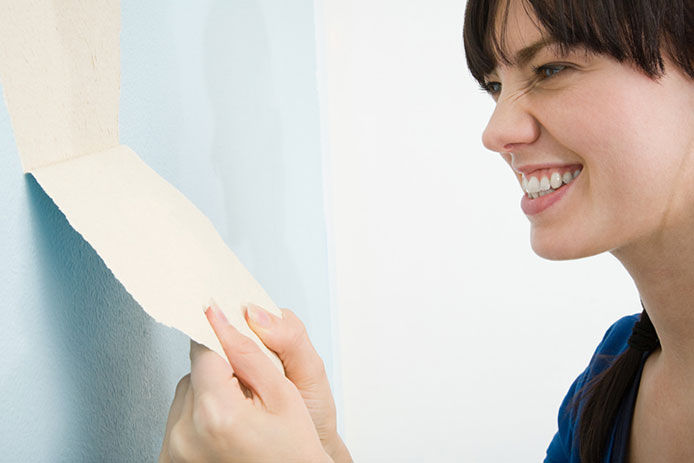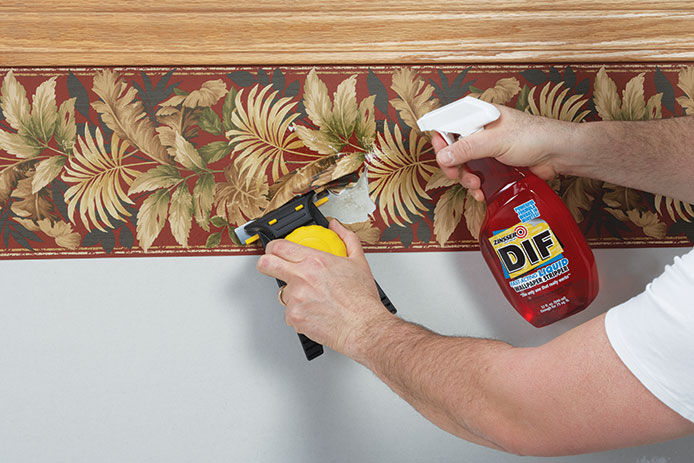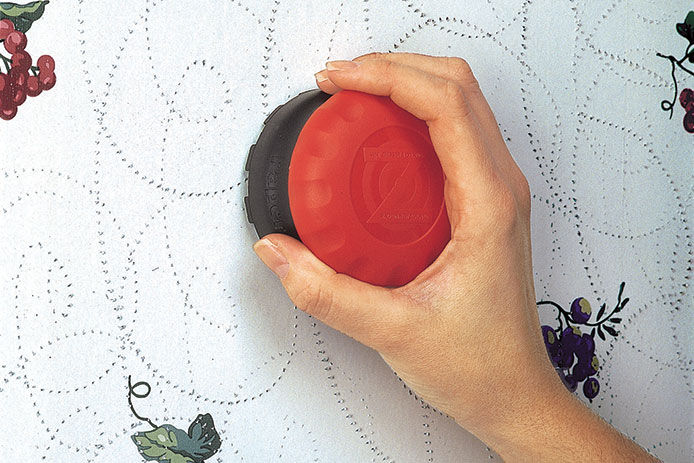What Tools Will I Need to Remove Wallpaper?
Assemble all your tools before you begin. For most wallpaper removal projects, there are just a few items that can make the process smoother.
|
|
Gather your supplies before beginning. You'll want to clear any furniture and decorative items from your workspace. The easiest way to remove wallpaper is if you can freely move throughout the room. Next, take down all framed art and wall hangings.
You should turn off the power to the room using the breaker box. Be sure there is no power to the outlets before removing the switch plate covers and light fixtures. Remember that you'll be working with liquid, so it's best to keep the power off during the entire wallpaper removal process.




